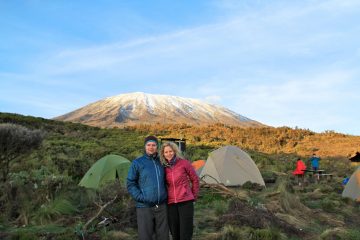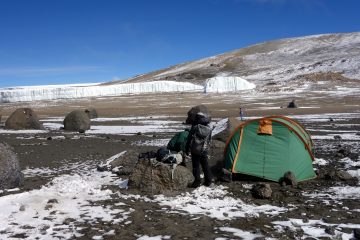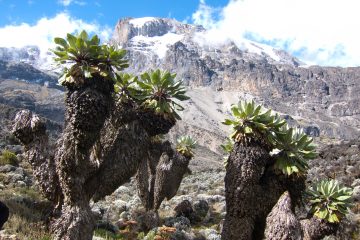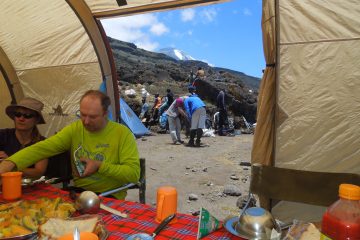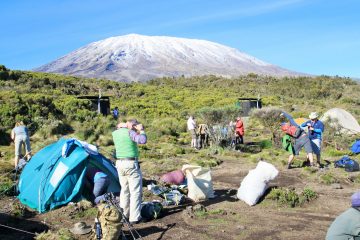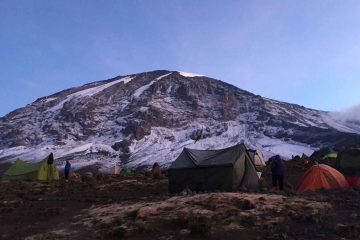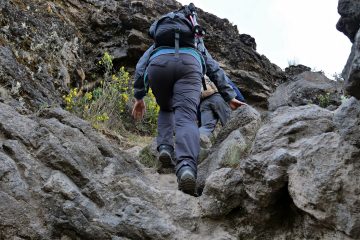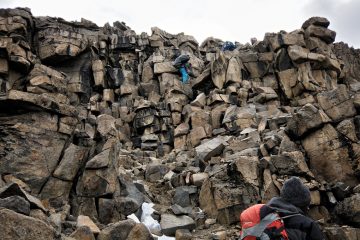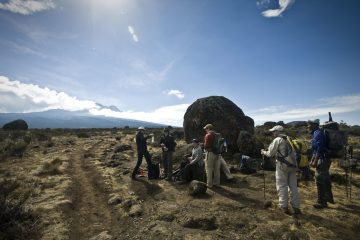Kipengere Range otherwise knwn as the Livingstone Ranges, are located entirely in the Njombe Region in southwest Tanzania, at the northern end of Lake Nyasa. The Kinga Mountains are located near Lake Nyasa. It is a plateau-like ridge of mountains that runs southeastwards from the Great Ruaha River basin in the north to the Ruhuhu River basin in the south, and is part of the East African Rift’s eastern escarpment. The range is largely covered with montane grasslands, which are known for their botanical richness and floral displays, and montane evergreen forests, which are mostly found in stream valleys.
Tanzania Hikes
Some sources refer to the entire range as the Kipengere Range or the Livingstone Mountains, while others distinguish the Livingstone Mountains as the southwest-facing escarpment that runs along the shore of Lake Malawi, and the Kipengere Range as the high ridge that defines the Kitulo Plateau’s northeastern edge.
The range goes south-east from Mbeya and is part of the East African Rift’s eastern escarpment, spanning roughly 100 kilometers along the lake’s north-eastern side to the Ruhuhu River. The volcanic Poroto Mountains represent a north-western extension of the range
 Eastern Arc Mountains
Eastern Arc Mountains
The finest panoramic tourist attractions are found in the Eastern Arc Mountains. Not only do the well-known wildlife parks in northern Tanzania provide excellent visitor attractions due to their diverse animal populations.
Not only do the well-known wildlife parks in northern Tanzania provide excellent visitor attractions due to their diverse animal populations.
Birdlife, natural forests, waterfalls, and natural landscapes are unmatched tourism features readily accessible in eastern Tanzania’s Eastern Arc Mountains, which encompass a huge geographical region. Their pleasant weather is unrivaled.
The Eastern Arc Mountains, which include the Uporoto, Kipengere, and Livingstone ranges, dominate the Southern Highlands of Tanzania, making it the most appealing location.
The Eastern Arc Mountains are a biodiversity hotspot on the world scale. The Eastern Arc Mountains have been designated as a “Global 2000 Hotspot” by the World Wide Fund for Nature (WWF).
The Eastern Arc Mountains, together with the East African Coastal Forests, are ranked as the world’s 24th most significant biodiversity hotspot for plant endemism by Conservation International. These 24 major biodiversity hotspots are home to over half of the world’s plant species when taken together.
These high levels of flora and fauna specie endemism in the Eastern Arc are housed in under 5,000 square kilometers of severely fragmented and isolated woods, earning it the nickname “The Galapagos of Africa.”
The Eastern Arch forests of Tanzania’s Southern Highlands preserve crucial water catchments that are desperately required by residents in the surrounding villages, parched lowlands, and numerous large metropolitan areas.
The picturesque Sao Hill, Mgololo, and other woods in the Iringa, Njombe, and Mbeya districts are also sources of timber and other forest products in the Southern Highlands. Timber is the most important source of income for villages in Mufindi, Njombe, and Mafinga.
Tea plantations, which dominate the Southern Highlands of Tanzania and are a major economic activity in certain places, benefit from the highlands’ favorable climatic conditions.
Avifauna (birdlife) and vegetation abound in Mbeya’s Uporoto Mountains, Kipengere Mountains, and the Livingstone Mountains. On the other hand, the Eastern Arc Mountains serve as a key source of revenue for local populations in Tanzania’s Southern Highlands, while also giving opportunities for Small and Medium enterprises (SMEs) in those areas.
The Eastern Arc ranges would assist economic growth for local communities under proper resource management, hence raising the amount of revenue creation among local populations that rely on their resources.

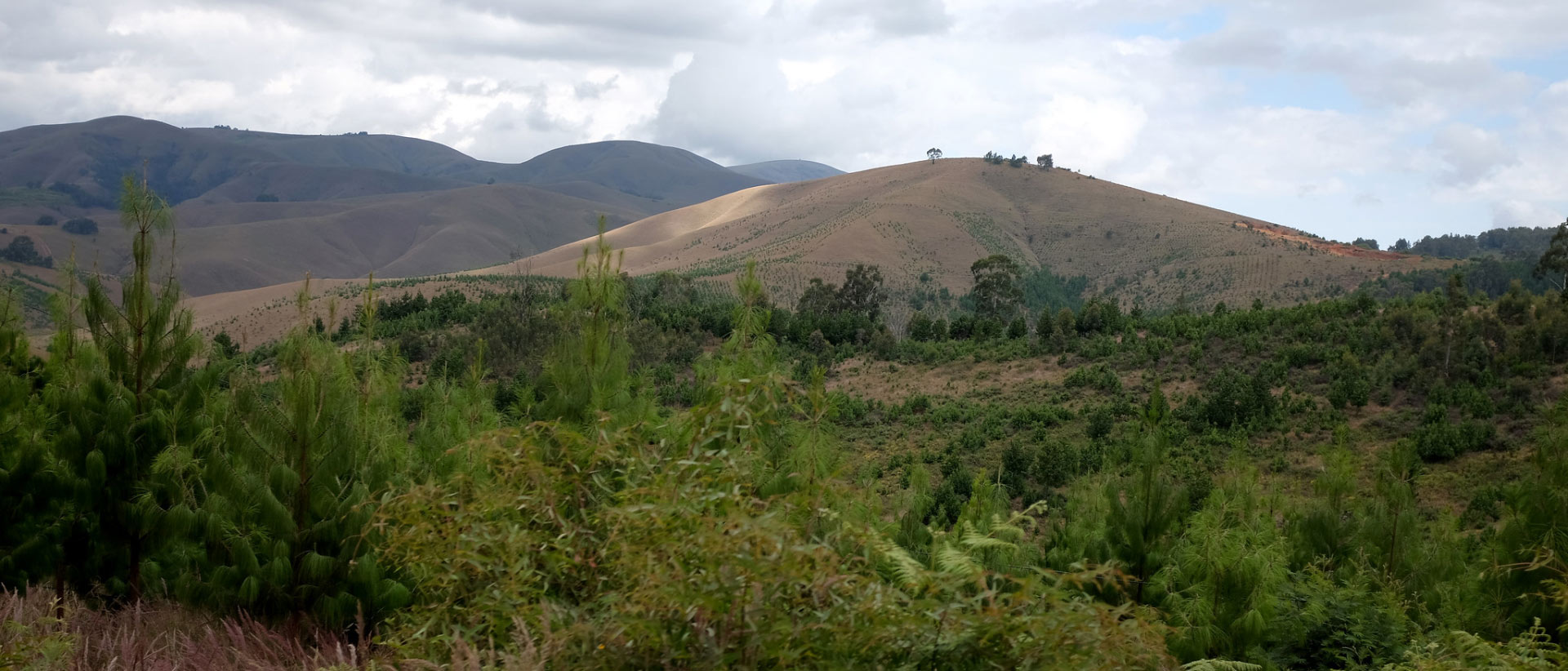
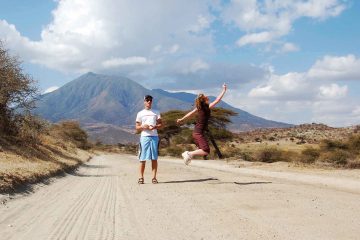

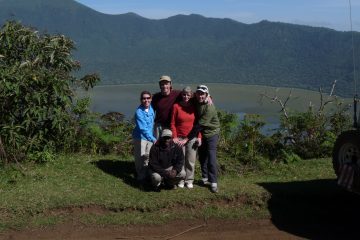
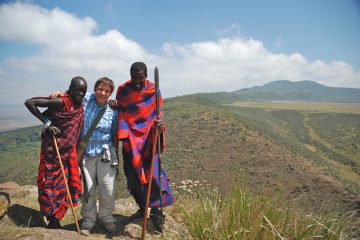


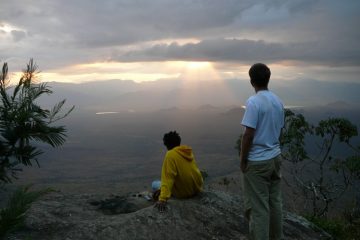
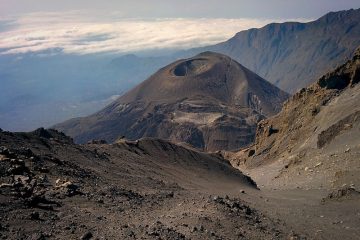
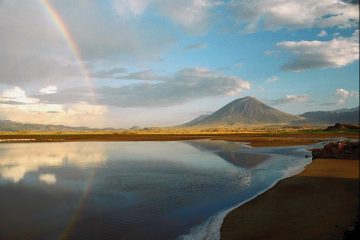
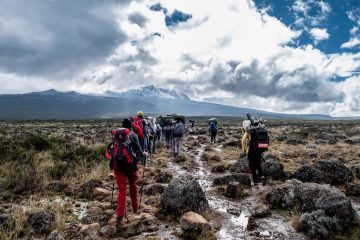
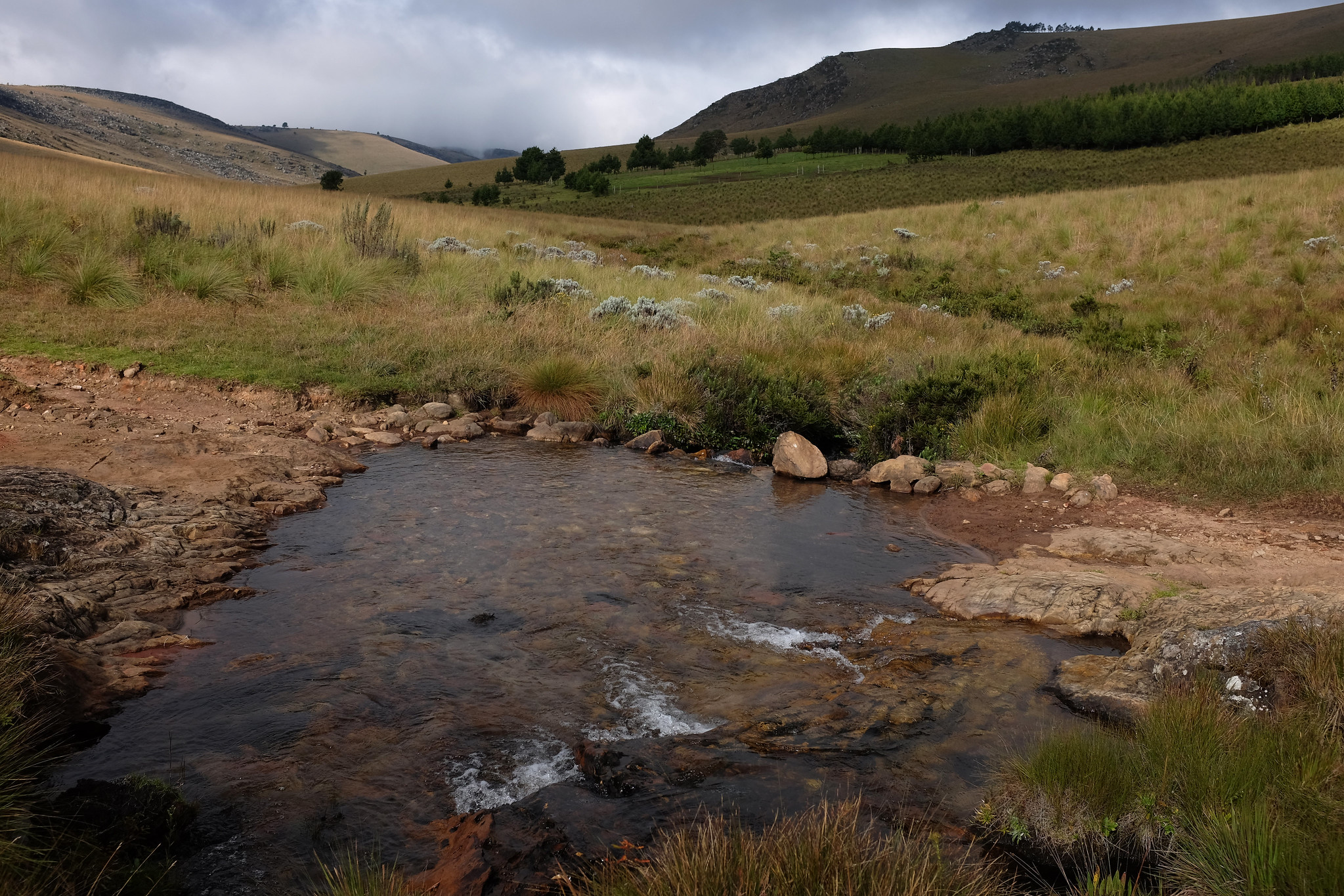 Eastern Arc Mountains
Eastern Arc Mountains



